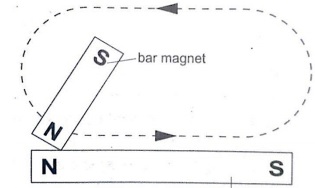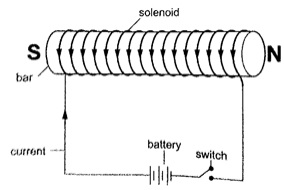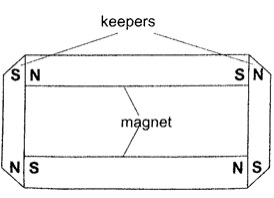Magnets and Non-Magnetic Materials
- Magnetic materials are those that are strongly attracted by magnets while non-magnetic ones are those that are not affected by magnets.- Substances that are repelled by magnets are said to be diamagnetic whereas those which are strongly attracted i.e. iron, nickel, cobalt are called ferromagnetic materials.
- The materials that are so lightly attracted such that the magnet seems to have no effect on them are called paramagnetic materials.
- Ferrites are a mixture of iron oxide and barium oxide are the most newly developed magnetic materials.
Properties of Magnets
- They are double poled substances with both the North and South poles.
- Like poles repel and unlike poles attract. Repulsion is a sure method of determining whether two substances are magnets.
- The greatest magnetic force is concentrated around the poles of a magnet.







